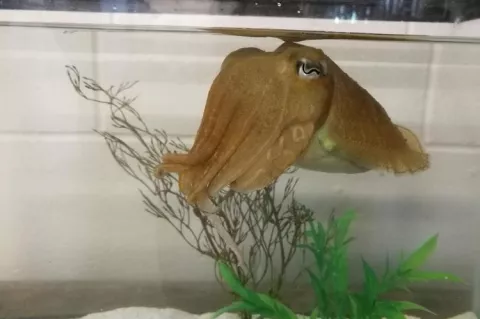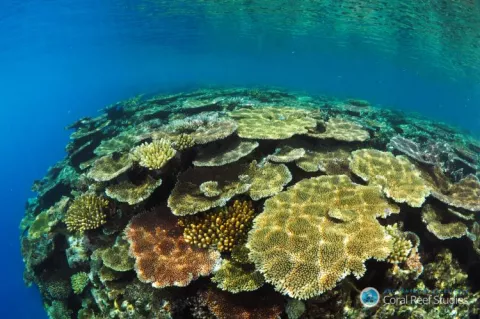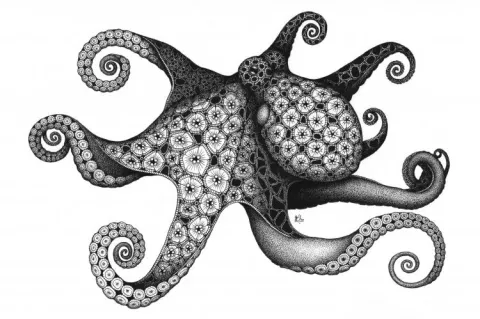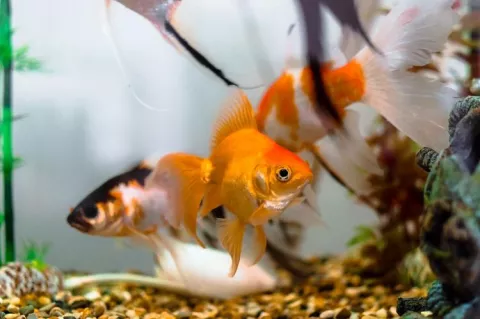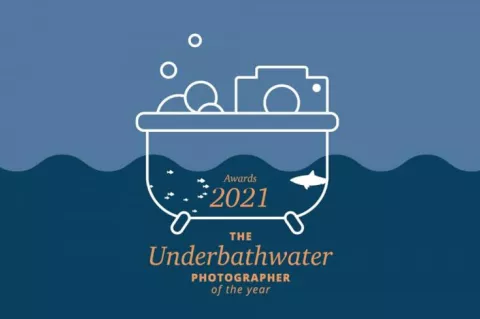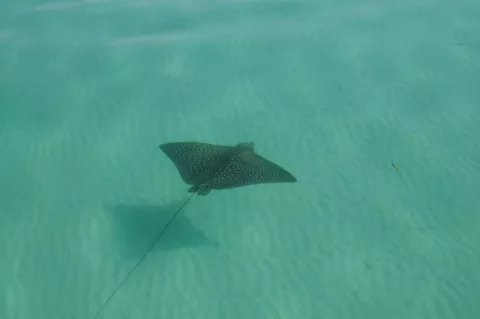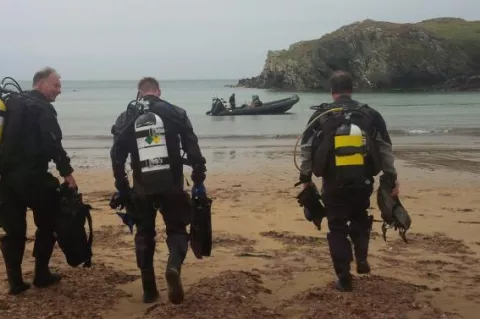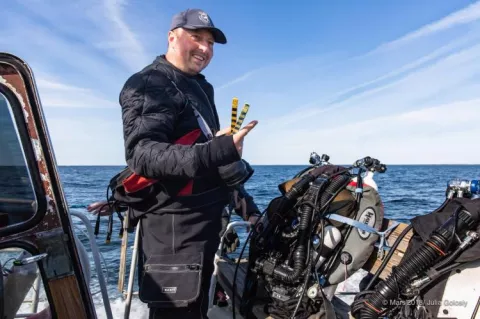Cuttlefish smart enough to wait for better reward
Using a modified version of the Stanford marshmallow test, researchers at the Marine Biological Laboratory (The University of Chicago) discovered that cuttlefish had the ability to delay gratification for a better reward—and those that were able to do it for a longer duration possessed better cognitive learning abilities.
The findings, which demonstrated the link between self-control and intelligence, was published recently in the Proceedings of the Royal Society B journal.

